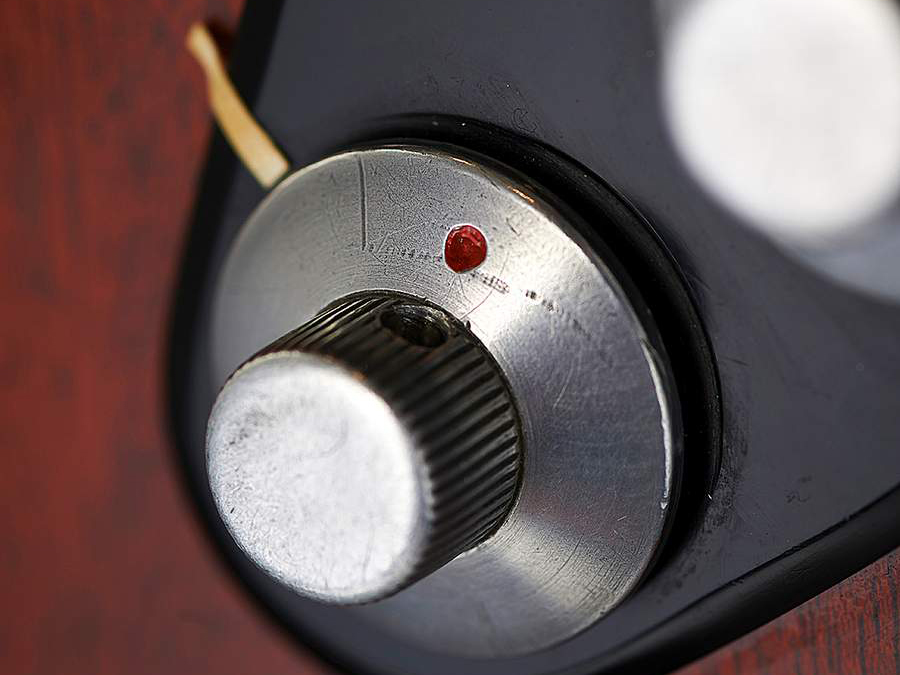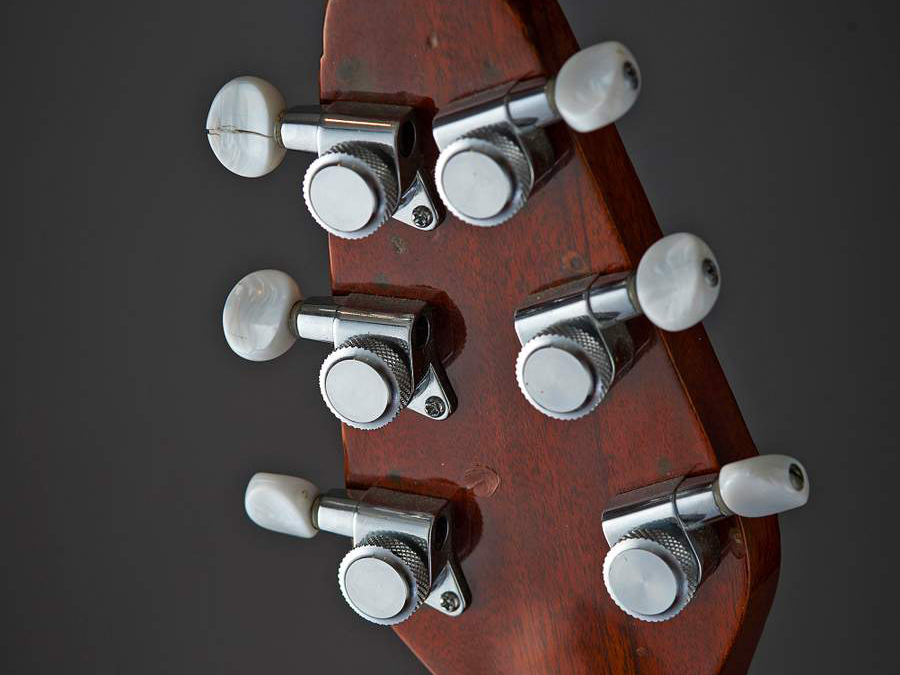In pictures: Brian May's Red Special up close
Take a closer look than ever before at the Queen legend's guitar
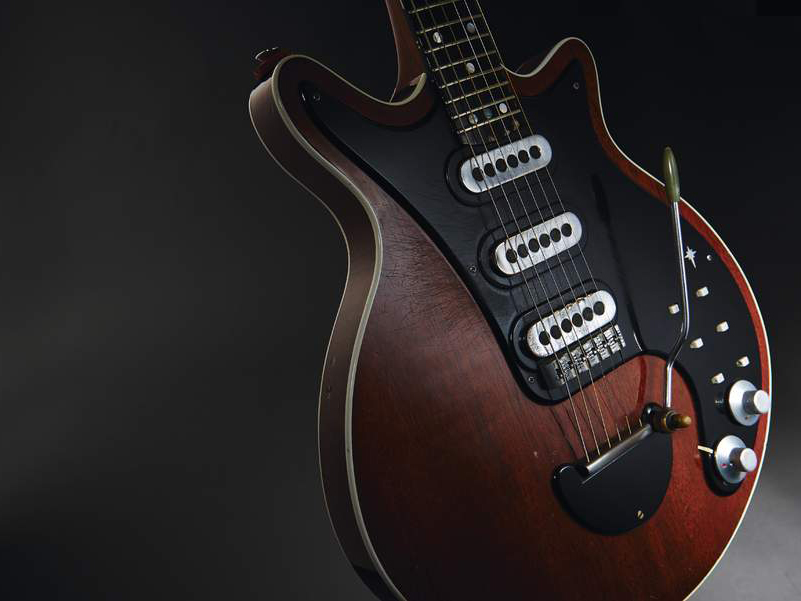
In Pictures: Brian May's Red Special up close
Issue 386 of Guitarist magazine saw us get up close and personal with Brian May of Queen's iconic Red Special guitar like never before, to coincide with the release of Brian May's Red Special: The Story Of The Home-Made Guitar That Rocked Queen And The World by Brian May with Simon Bradley from Carlton Books.
Co-author Simon Bradley helps us lift the lid on the most iconic home-made guitar in rock history as we explore the making of the book and Simon's personal recollections of playing and dismantling the legendary instrument in the process.
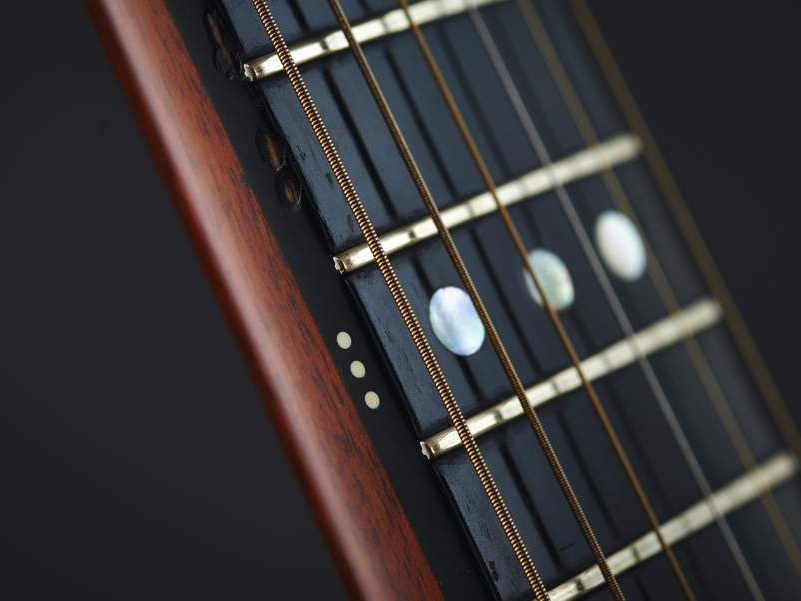
The neck
The neck is made from a piece of mahogany cut from the remains of a century-old fireplace, and is mirror-smooth after 50 years of use.
Although its nut width is a pretty standard 46mm, it is a truly massive palmful. Yet it’s still eminently playable, and the fact that it’s never been refretted beggars belief.
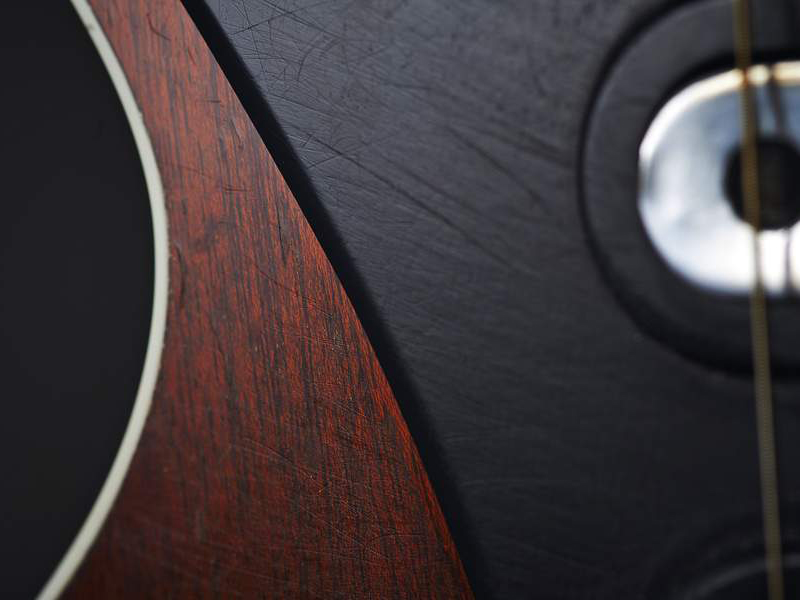
The scratchplate
The scratchplate was traced and hand-cut by Brian from a single sheet of black Perspex and, although it’s taken quite a battering over its 50-year life, it’s in reasonable condition.
That said, it’s among the most fragile parts of the guitar, and the surrounds are replacements, made by Greg Fryer out of 3mm thick black acrylic in 1998.

Switching
The switching system follows a concept that Brian came up with to give as many tonal options as possible.
The book shows the array in detail and also features several original plans that illustrate the workings of the switches. The ‘May Star’ was inlaid by Greg Fryer in 1998 to fill a hole in the scratchplate that had been left by the removal of a Vox fuzz unit Brian had installed very early on.
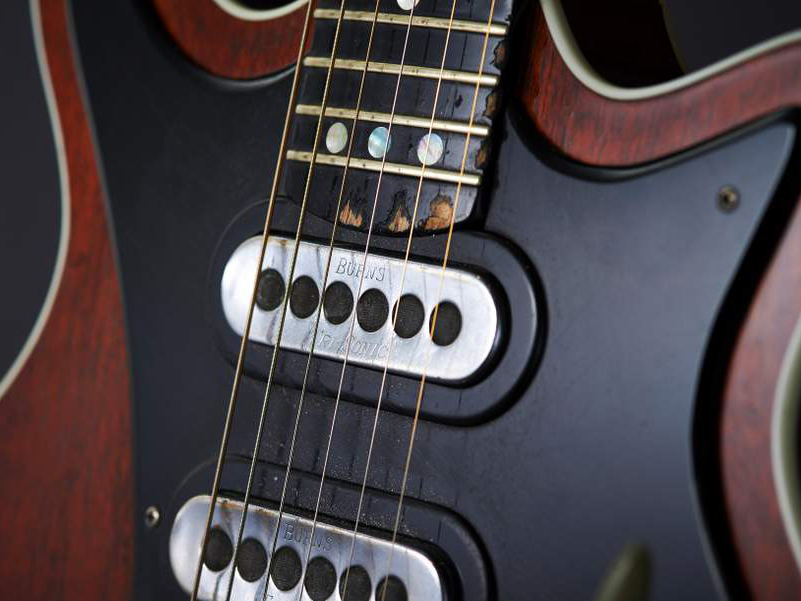
Fingerboard
The fingerboard is oak, stained black and coated with numerous layers of clear Rustins coating. It has a 7.25-inch radius that was meticulously hand-shaped by Brian, using planes, jigs and lots of sandpaper, and now resembles glass in both its feel and appearance.
As is well known, the 16 fret markers are hand-shaped mother-of-pearl shirt buttons, and Brian still possesses a handful of the spares that were liberated from his mother’s sewing box.
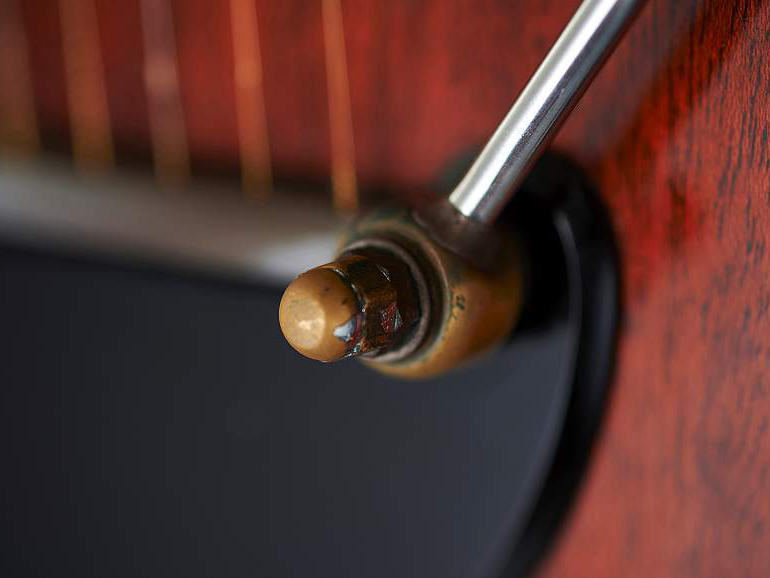
Vibrato
During late 1963, the vibrato underwent extensive testing and four refinements, even before being fitted to the guitar.
The tailpiece pivots on a case-hardened knife edge, and two springs taken from some motorcycle valves are set behind it to pull the strings back to pitch. It’s a truly frictionless system that hasn’t needed any adjustment in 50 years.
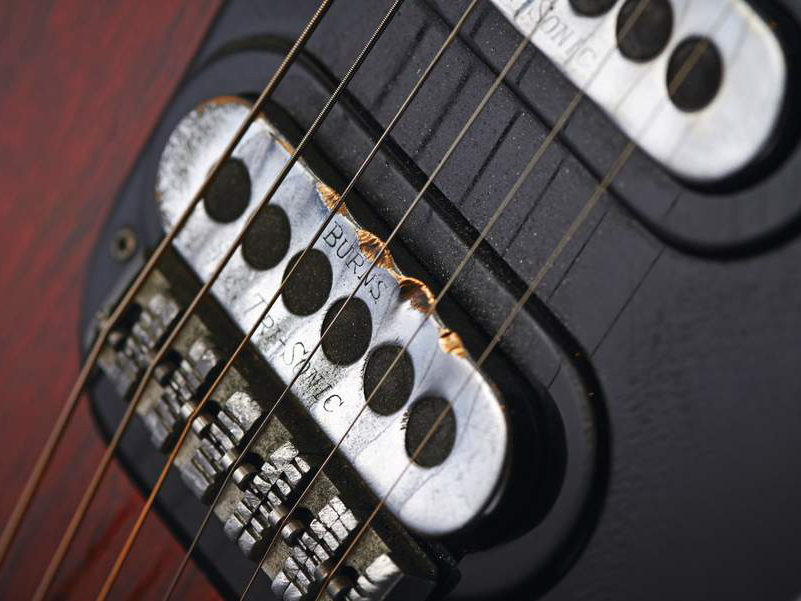
Bridge and pickups
The bridge was made from a single piece of aluminium found in Harold May’s workshop, and Brian filed and shaped it to a scrupulously-planned design before slicing it into six pieces. It’s still original, although the roller saddles certainly aren’t – the book details the inventive process involved in their manufacture.
After experiments with making his own pickups proved ultimately unsuccessful, Brian bought three Tri-Sonic single coils from the Burns music store, which at that time was located under the Centre Point building in Tottenham Court Road. The damage on the bridge pickup’s casing, caused by Brian’s sixpence picks, has all occurred since 1998.
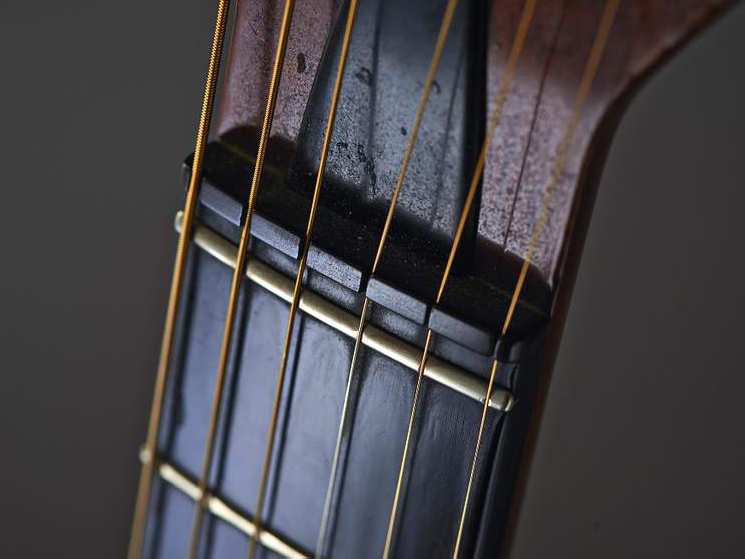
Zero fret
Brian’s first guitar, an Egmond acoustic, had a zero fret, so he adapted the idea for the Red Special.
The strings float within the nut slots, and tuning stability is maximised by the straight string-pull of the three-a-side headstock. The zero fret itself has been replaced over the years, and Brian keeps a box of spares close by.
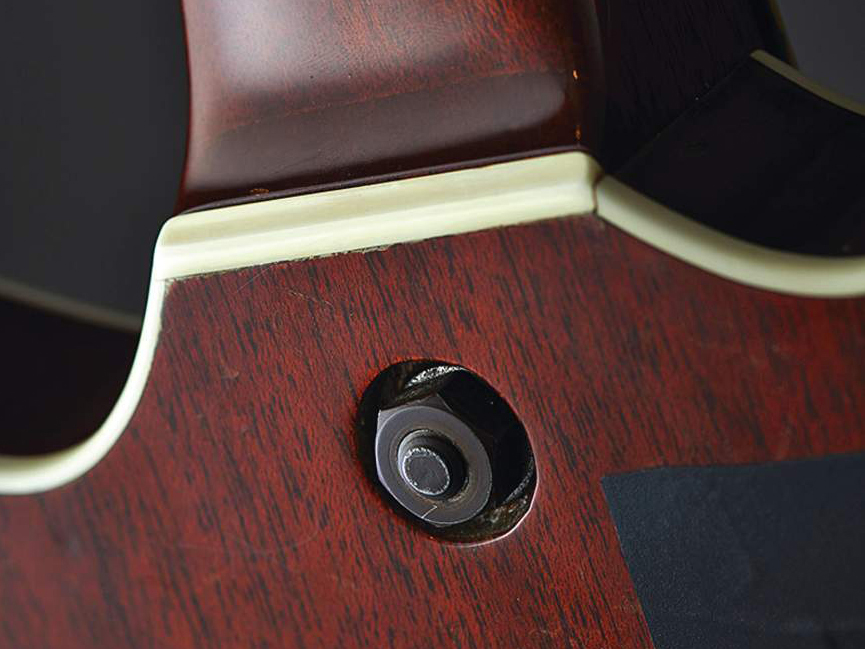
The neck join
Contrary to wisdom perpetuated in the darker parts of the internet, this bolt and screw array actually secures one end of the 3/16th steel truss rod, rather than being solely responsible for holding the neck.
The neck is further stabilised by two hefty screws set in the neck mahogany between the bridge and middle pickups and screwed into the guitar’s central oak insert below. The book uses photographs and the original plans to explain this marriage in full detail.
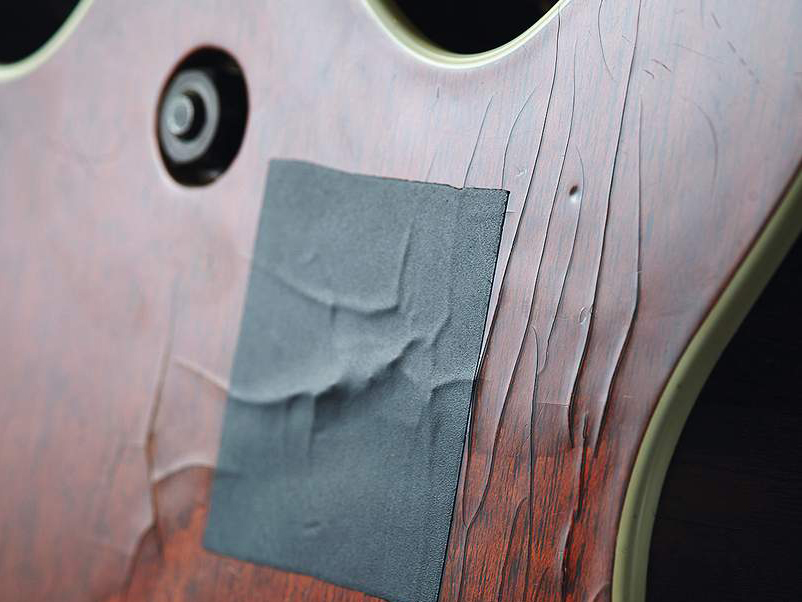
The body
The body, ingeniously fashioned from blockboard, is still in pretty good shape considering what it’s been through, although it did need some extensive work when Greg Fryer undertook a complete restoration in 1998.
However, the thin mahogany veneer is already starting to come loose again, hence the need for protective strips of black tape on the body’s rear.
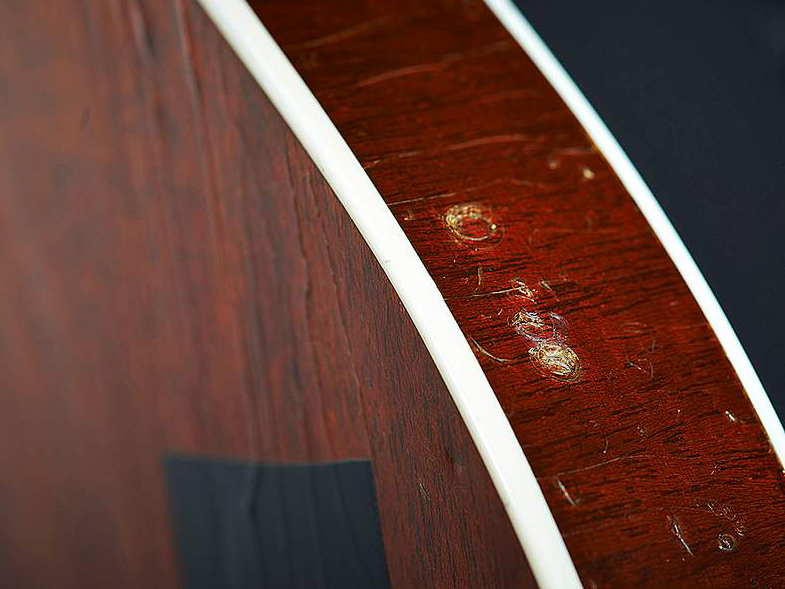
Binding
The body is bound front and rear with strips of white plastic shelf-edging that Brian warmed in water to make malleable before slotting them into hand-cut grooves around the body’s edges.
When Greg Fryer undertook extensive repairs of the guitar in 1998, he had to pay particular attention to the binding, as part of it had come away from the body.
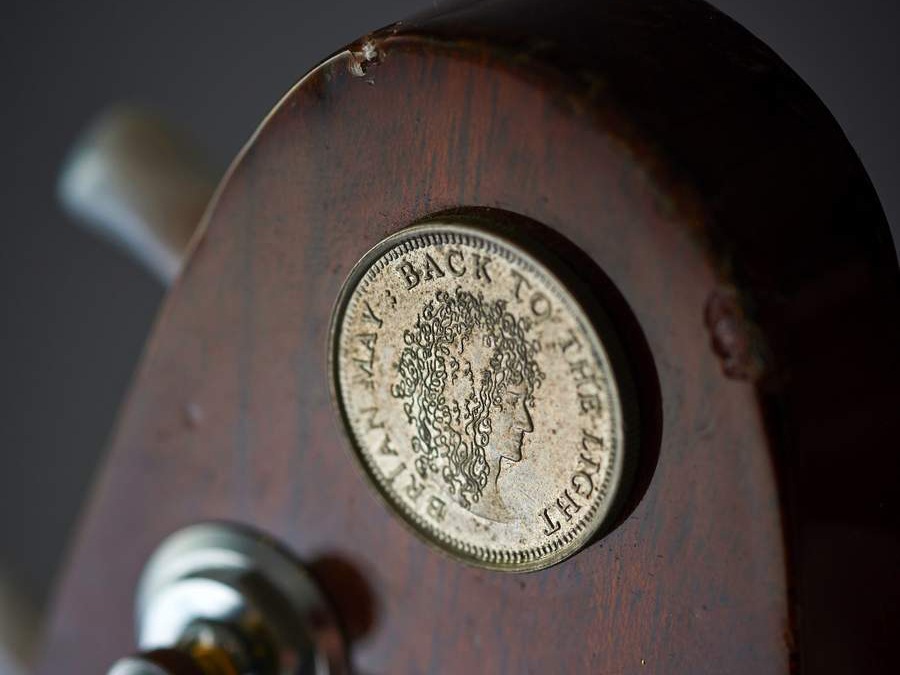
Sixpence
Brian himself stuck this sixpence, one of thousands made to promote his first solo album, Back To The Light, to the Red Special’s headstock.
He did this around 1998, and it does make a nice addition to the guitar’s overall vibe.
Brian May's Red Special: The Story Of The Home-Made Guitar That Rocked Queen And The World by Brian May with Simon Bradley is available now from Carlton Books.
Buy Guitarist issue 386 to read the inside story.
Guitarist is the longest established UK guitar magazine, offering gear reviews, artist interviews, techniques lessons and loads more, in print, on tablet and on smartphones
If you love guitars, you'll love Guitarist.
Find us in print, on Newsstand for iPad, iPhone and other digital readers
